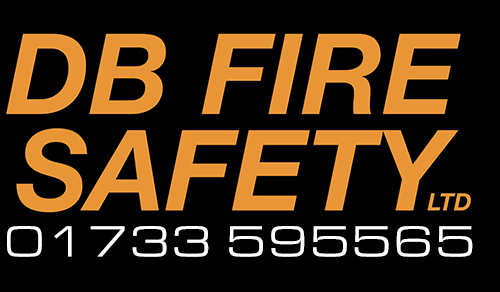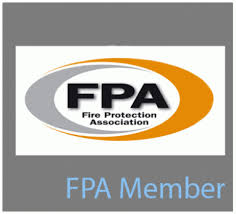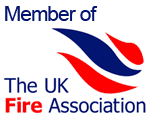There are three things required for a fire to start. 
- A source of ignition
- Fuel
- Oxygen
In this blog, Peterborough-based DB Fire Safety will concentrate on identifying the potential sources of ignition. During a fire risk assessment in a Residential Care Home, the assessor will be looking for possible sources of heat which could get hot enough to ignite material found in these premises.
The ignition sources could well include:
• smoking materials, e.g. cigarettes, matches and lighters;
• naked flames, e.g. candles or gas or liquid-fuelled open-flame equipment;
• electrical, gas or oil-fired heaters (fixed or portable);
• cooking equipment;
• faulty or misused electrical equipment;
• lighting equipment;
• equipment owned or used by residents;
• hot surfaces and obstruction of equipment ventilation, for example, photocopiers;
• hot processes, for example, welding by contractors;
• arson, deliberate ignition, vandalism etc..
It is also important to be aware that a resident could deliberately start a fire (with or without intent). Care should, therefore, always be taken to monitor and control access to matches and lighters. Special attention should also be given to residents that might smoke in their bedrooms.
Fire Risk Assessors will also check out any Indications of ‘near-misses’, such as scorch marks on furniture or fittings, discoloured and/or charred electrical plugs and sockets, cigarette burns etc.
Fire kills and fire costs money. There are strict penaltes for not complying with The Regulatory Reform (Fire Safety) Order 2005
Fire safety training is a service Peterborough-based DB Fire Safety offers to assist Residential Care Home owners to  comply with the The Regulatory Reform (Fire Safety) Order 2005
comply with the The Regulatory Reform (Fire Safety) Order 2005
If, however, you would like more information, please visit – https://www.gov.uk/government/publications/fire-safety-risk-assessment-residential-care-premises




